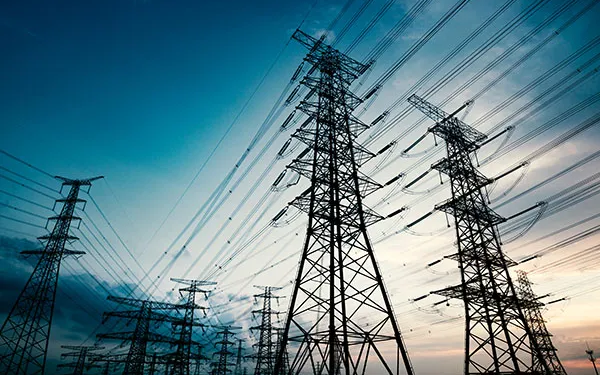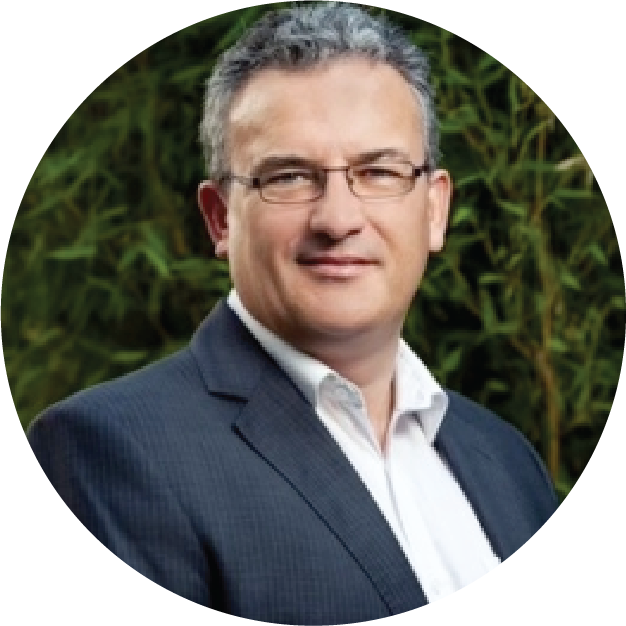Combining advanced power flow control and Dynamic Line Rating in Latin America
February 28, 2023
No one technology is going to be the ‘fix all’ solution to delivering a net zero grid, but instead we need to embrace the powerful synergies that exist between technologies. In this article our VP for Business Development, Mark Norton, explains how a project using advanced power flow control (APFC) and Dynamic Line Rating (DLR) software can work together to potentially save over $25 million each year in Latin America.
As the world transitions to net zero emissions, it is essential to upgrade the existing grid infrastructure to integrate clean energy sources and provide real-time flexibility. The existing grid simply cannot deliver the renewable energy and wide-scale electrification that net zero demands. A recent study in Latin America showed how the combination of advanced power flow control (APFC) and Dynamic Line Rating (DLR) has the potential to unlock 300 MW of grid capacity and save over $25 million in constraint costs each year.
In this study, our team of power system experts conducted detailed analysis of an area of the 110 kV and 220 kV grid in Latin America under a set of 2024 scenarios. The results showed that using our advanced power flow control, SmartValve™, in two locations would unlock 150 MW of capacity. This will come as no surprise to several grid operators in the region—EPM, GEB and ISA—who are already paving the way forward in using SmartValve to unlock hundreds of megawatts (MW) of grid capacity and affordably strengthen the existing grid. We have been delivering projects in this region since 2021, so far unlocking over 800 MW of additional capacity and $200 million savings per year and many more planned for the years to come.
But what about the untapped powerful synergies that exist when advanced power flow control is combined with our Dynamic Line Rating software SUMO? And how do they work together?
SUMO identifies spare capacity above the static line limits, and SmartValve redirects power flows to utilize this available capacity and provide other dynamic services. When SUMO was applied to 3 – 5 transmission lines (depending on the scenario) to support the SmartValve deployments in this study, over 300 MW of capacity was unlocked. SUMO can be easily and rapidly added to existing advanced power flow control projects. This combination of SmartValve and SUMO avoids approx. $25 million of renewables constraint costs each year which would be incurred if this capacity was not available.
While many DLR solutions exist, SUMO is a unique technology that was developed by one of Europe’s leading transmission system operators based on their own operational experience. As SUMO is software-enabled it can be rapidly implemented at low cost, and can be configured to the specific needs of each system operator. There is also an option to use hardware sensors to enhance data granularity on certain network elements if required.
Both technologies have been delivering value to leading grid operators across the world for nearly a decade. The next step is using them and other technologies together to harness their full potential. Only then can we truly transform the grid into the digital, secure, accessible platform needed to deliver on net zero.
At Smart Wires, we combine the power of modelling, analytics, dynamic ratings, and digital power flow control to help grid operators across the world meet the demands of renewable energy adoption and demand-side electrification. To learn more about how you can harness the synergies of digital power flow control and Dynamic Line Rating, download our case study.
Contributing expert
Mark Norton has worked in the international electrical utility industry for over 34 years, 18 of those in management. At Smart Wires he works with utilities across the world to solve their critical grid challenges using SUMO and SmartValve. During his career, he has worked in the evaluation, design and planned development of power networks in Ireland and throughout Europe. At EirGrid he developed the Irish Grid Development Strategy and was responsible for making investment decisions for network development projects with a five-year capital budget of over 1 billion Euros. As part of his previous roles at ENTSO-E Mark chaired the steering group for the European Ten-Year Network Development Plan (TYNDP) and led the development of a network code which is now European Regulation for new demand users.


